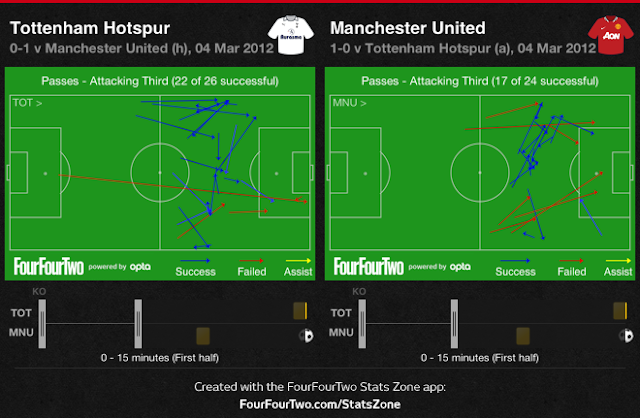Their analysis is much more thorough than the analysis below, and they focused on managers in the English game. This analysis is focused more on clubs than managers (or coaches), since most MLS coaches have limited control over which players are on their roster. The complex salary cap rules also make interpretation of the MLS data difficult. The figure below displays the cost (in wages) for every 3 points earned in the league. Since a club earns 3 points for each win, it is more simply thought of as the cost per win (or alternatively 3 draws). Clubs that over-perform (i.e., have a low wage bill and perform well) have a low cost per win, while clubs that under-perform (i.e., have a high wage and perform poorly) have a high cost per win. In other words, a shorter bar in the figure below indicates better performance given the level of wages.
| Data on points earned are from the MLS, and data on wages are from the MLS Players Union. I use 2011 guaranteed compensation to calculate each club’s wage bill. The wage column in the above figure is in millions of dollars. |
It's important not to make too much of the above data. The LA Galaxy had a fantastic season in 2011, and yet, judging by the above metric, they performed poorly. I would argue that the law of diminishing returns applies to soccer in the same way that it applies to most firms. In the context of soccer, at a certain point, each additional good player added to a roster yields a lower return than the player before. For instance, if a soccer club has no good strikers, it probably would reap substantial rewards by signing a top striker. The return on signing a second top striker is also likely quite high (though possibly lower than the first). But, the return on signing a third striker would almost certainly be lower than the second (though it still might be considerable), and signing a fourth striker would likely yield an even lower return than the third. In other words, at some point, the return from each additional dollar spent on the club is lower than the last. So, once the club is past this point, the cost of earning an additional point (our measure of production) increases; this is known as increasing marginal cost.
One method to account for diminishing returns is to use a logarithmic functional form. I replicate my analysis from above, but instead of calculating wages per 3 points earned, I use the natural log of wages, ln(wages), per 3 points earned. Interpreting the actual values for log wages per win is not very intuitive, so I present the rankings using each of the two methods in the table to the left.
Even after taking into account diminishing returns with log wages, Seattle remains atop the rankings. Amazingly, the LA Galaxy jumped 15 spots from 17th based on wages to 2nd based on log wages. New York improved in the rankings, but the Red Bulls only jumped to 12th. Aside from LA and New York, no other team improved more than 2 places. Portland experienced the largest drop in the rankings falling from 4th to 11th, while New England fell 4 places and Chicago and Vancouver each fell 3 places.







